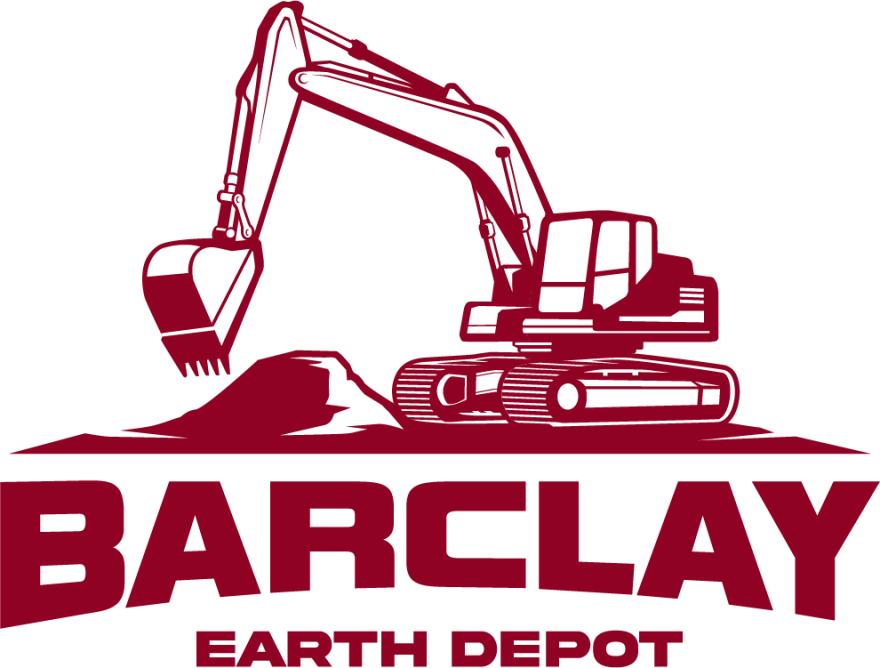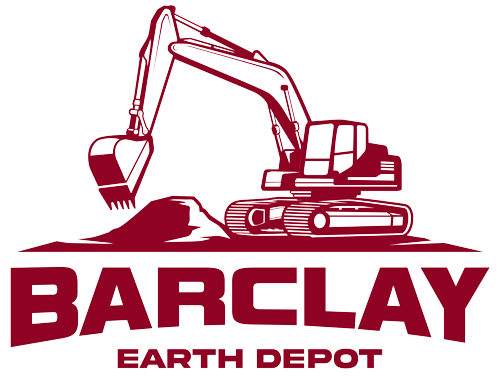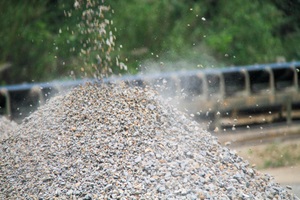 Construction aggregates are extremely adaptable building materials that are employed in a wide range of projects. Available in a variety of sizes, they are used for non-reinforced work, foundation work, retaining walls, concrete preparation and more. They can make up as much as 60-80% of a concrete mix, providing compressive strength and bulking.
Construction aggregates are extremely adaptable building materials that are employed in a wide range of projects. Available in a variety of sizes, they are used for non-reinforced work, foundation work, retaining walls, concrete preparation and more. They can make up as much as 60-80% of a concrete mix, providing compressive strength and bulking.
Buyers can determine the correct type of aggregate for their needs by examining the many types available and their associated qualities. When purchasing construction aggregates, the buyer should focus on the size, application, type and pricing, in addition to the overall quality of the material.
Because this material will be the foundation of any project, it is important to start with the right type of aggregate; this may apply to the size, dimension, and composition. Therefore, it is necessary to determine what attributes the aggregates must have including the grade, durability and abrasion.
Construction Aggregates: Variety Of Shapes And Sizes
Construction aggregate, or simply aggregate, refers to a wide range of construction materials such as sand, gravel, crushed stone, slag and geosynthetic aggregates. Aggregates create the foundation of all structures, whether for buildings, roads or railways.
These materials have consistent qualities that support the stability of the foundation, holding cement and other materials together for long-term results. Aggregates are utilized to enhance strength to composite materials and are also employed for drainage applications due to their comparatively high hydraulic conductivity value.
Aggregates are made up of a variety of composite materials, most of which are mined, and have been broken down into various sizes for use in construction. Construction aggregates are divided into two categories based on their size, manufacturing processes, and applications.
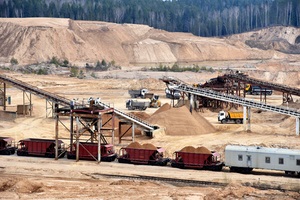 Fine aggregates are made of natural sand or crushed stone and can pass through a 4.75 mm screen while remaining on a 0.15 mm sieve. This category includes crusher dust, fine sand, artificial sand and other similar materials.
Fine aggregates are made of natural sand or crushed stone and can pass through a 4.75 mm screen while remaining on a 0.15 mm sieve. This category includes crusher dust, fine sand, artificial sand and other similar materials.
2.0 mm – 0.5 mm coarse sand
0.5 mm – 0.25 mm medium sand
0.25 mm – 0.06 mm fine sand
When making a purchase selection, buyers should also consider the shape of building aggregates.
Rounded aggregates: Rounded aggregates are characterized by attrition and provide greater on-site workability. They require a lower water-cement ratio and lack interlocking and binding strength, therefore they may not be suitable for high-strength concrete.
Angular aggregates: Angular aggregates are generated by crushing rocks at scale and have well-defined edges. They have a lower workability and a higher compressive strength (10-20%), while producing a stronger aggregate-mortar connection.
Irregular aggregates: Irregular aggregates are created in sand pits, and have lower workability but a higher bond strength than rounder aggregates. Buyers can also choose from flaky, elongated and mixed aggregates, depending on their needs.
Use-Cases And Key Properties
Coarse aggregates are larger-sized materials with more strength, hardness and durability than fine aggregates. They come in a variety of forms and sizes, depending on their primary benefits, and can be used for a variety of purposes. Because coarse aggregates are widely utilized in the preparation of ready-mix concrete, it is critical to choose the proper type for your project.
Fine aggregates are frequently employed in the preparation of mortar for masonry, flooring, plastering and concrete work, among other applications. They have a larger surface area and may fill spaces between coarse aggregates more smoothly, resulting in increased volume and dimensional stability. Fine aggregates also improve the workability of a project by filling gaps that coarse aggregates may leave.
Buyers should concentrate on the main features of aggregates and select the appropriate type, size and form for their construction needs. It is also important to understand the many types of tests that must be carried out in order to assess quality.
Important Factors To Consider During The Procurement Process
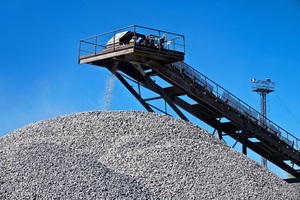 Buyers should use online marketplace portals to conduct price discovery, supplier research and obtain transparent pricing on the best possibilities. The type and size of aggregates purchased are equally as crucial as the procurement platform. For uniformity and quality, all fine and coarse aggregates should adhere to IS 383:2016.
Buyers should use online marketplace portals to conduct price discovery, supplier research and obtain transparent pricing on the best possibilities. The type and size of aggregates purchased are equally as crucial as the procurement platform. For uniformity and quality, all fine and coarse aggregates should adhere to IS 383:2016.
When ordering larger amounts of construction aggregates the payment terms, logistics and handling, additional charges and unloading arrangements should all be evaluated. Different aggregates must be stored separately in order to prevent moisture from accumulating inside the bags.
The Bottom Line
Construction aggregates are some of the most flexible materials in the construction business, being used in a wide range of projects. Buyers must evaluate the appropriate aggregates for their needs by examining their characteristics, size and specifications. With upfront pricing, explicit seller conditions and end-to-end traceability, Barclay Earth Depot offers a variety of coarse and fine building aggregates.
